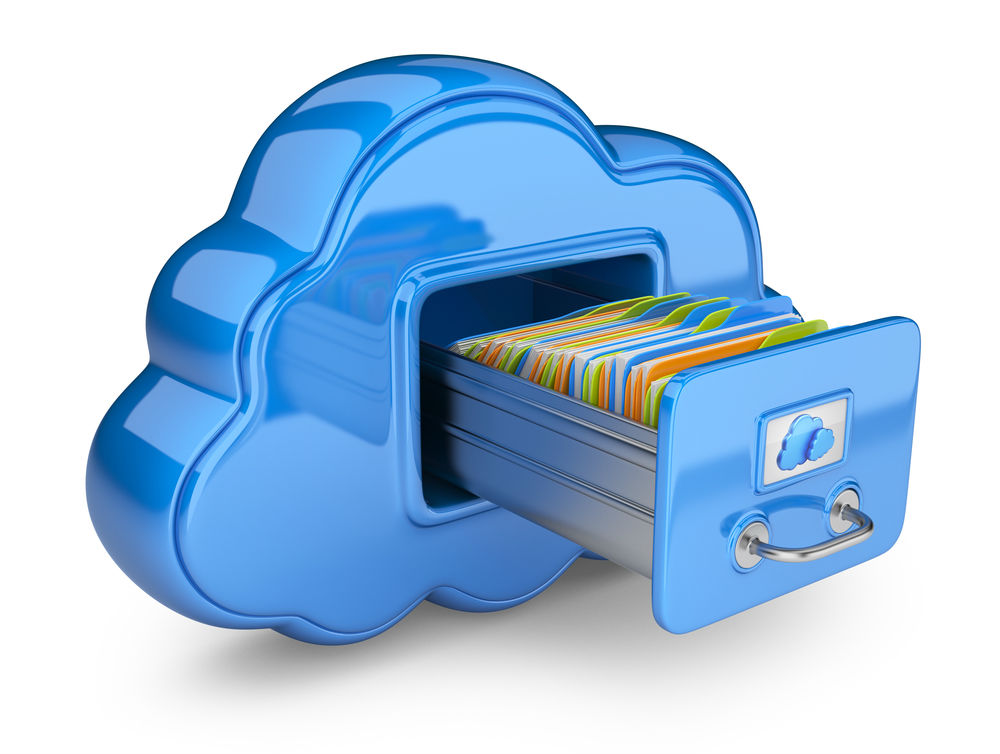
The cloud infrastructure industry is in a bit of a price war that will ultimately benefit consumers. However, while some organizations may see this as an opportunity to move to the cloud, cost is not the only consideration, nor is it the most important. First and foremost, when it comes to data management, measures need to be taken to ensure the information is secure and accessible whether it’s stored on premises or in the cloud. The allure of low prices will certainly attract more customers and open up new markets for the cloud services industry. Yet, if end-user data is not managed holistically -- with a single view of data regardless of location -- ensuring that only the appropriate data is in the cloud in the first place, the cost and complexity in the future will negate any bargain entry costs.
It’s time to focus on what an investment in cloud storage can bring back to a business, from the ability to wipe data from a mobile device to end-to-end access, we are entering a time where it’s no longer what you can give to the cloud, but what the cloud can give to you.
The Next Phase of Combating Traditional BYOD Issues
As the global workforce continues to become more mobile, there is an increased risk of data breaches and leakage from lost or stolen devices. IT leaders want to keep corporate data secure and protected and out of the hands of unauthorized users, where it can be used maliciously. They also want to minimize the hardware and resource costs of getting users working and productive again.
Leaked data exposes organizations to compliance and litigation risks. These risks extend beyond healthcare, education and government entities and can impact any organization. Legal and compliance leaders require multiple layers of corporate data protection and the ability to quickly understand the risk exposure if data loss does happen.
These concerns over data breaches, legal compliance, resource allocation and getting workers up and working again are all considerations IT leaders must address before transitioning to the cloud.
As such, solutions to protect critical data residing at the "edge" of the enterprise on BYOD devices are beginning to proliferate. These may include individual products to backup endpoint devices, file sync and share, and more -- often as individual services or as part of a comprehensive data protection solution. Remote wipe capabilities, for example, that permit administrator-managed policies to define a period of time when a client has not contacted the server to initiate a secure erase of data, can help prevent a breach of data from lost or stolen laptops. By allowing users to erase only protected content or an entire hard drive, you help ensure your enterprise’s data stays in the right hands. Taking it one step further, geo-location features that use an endpoint IP address on the last connection to provide location details such as the country, state, city and even street of the lost/stolen device helps ensure your physical property gets back into the right hands.
The Need for a Best-of-Breed Approach
Increased business risk caused by massive data growth, operational complexity and the prevalence of virtualization are forcing CIOs to adopt new technologies to remain competitive. Legacy approaches using point products simply cannot keep up with the speed of business. IT leaders can look to cloud as another tool to help them manage and leverage data effectively, not just as an option to lower costs.
Rather than being pigeon-holed by one type of data management solution that fits the needs now, but could be insufficient a year down the road, it is crucial that enterprises take a best-of-breed approach to data management in order to ensure access and productivity. In that regard, data management systems that scale across multiple solution sets that can be mixed and matched, are certainly preferable to ripping and replacing to add functionality. Modular solutions that can cover an end-to-end platform or serve single assets to a company’s infrastructure, from archive and backup to snapshots and eDiscovery, can avoid disruption, and enable scale more seamlessly for organizations -- delivering advantages to business operations.
One Size Doesn’t Fit All
According to Forrester Research, the percentage of organizations that will implement a cloud computing strategy in the next 12 months has more than doubled from a year ago. As enterprises deploy private and hybrid clouds to increase business agility, enterprises should look for next-generation software innovations that encourage integrated, simplified data management for leading cloud, hypervisor and storage platforms, in addition to flexible licensing options.
The simple truth is that some data -- perhaps due to performance or security sensitivities -- may be best stored and managed in on-premises data centers; however, you can’t determine where your data should live if you don’t understand it. Case and point: rather than moving a bunch of untapped, dark data to a cloud service with the ‘out of sight, out of mind philosophy,’ you could be spending more time, money and resources working to manage that data than you need to.
Ultimately, what’s next for cloud storage? While there are lots of different avenues opening up, and options for how to store and manage your data in the cloud -- or data center, or on a BYOD device -- a holistic data management system is imperative; otherwise, you could just be wasting your time.
Image Credit: Bedrin / Shutterstock
 Claudia Lee is Director of WW Cloud & OEM Marketing at CommVault. In her current role, Claudia works with global storage, cloud, and service provider partners on joint go-to-market solutions. Claudia has nearly 15 years of experience in storage, cloud, and enterprise solutions, working with customers and partners ranging from SMBs up to Large Enterprises, and across markets in the U.S. and Asia.
Claudia Lee is Director of WW Cloud & OEM Marketing at CommVault. In her current role, Claudia works with global storage, cloud, and service provider partners on joint go-to-market solutions. Claudia has nearly 15 years of experience in storage, cloud, and enterprise solutions, working with customers and partners ranging from SMBs up to Large Enterprises, and across markets in the U.S. and Asia.

